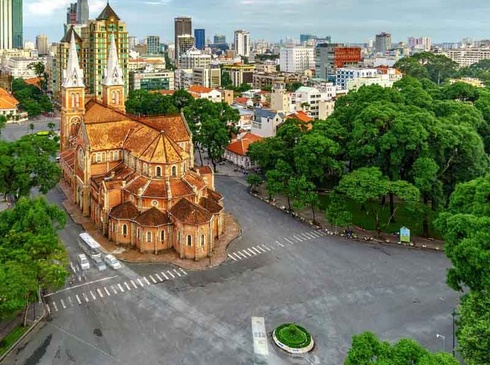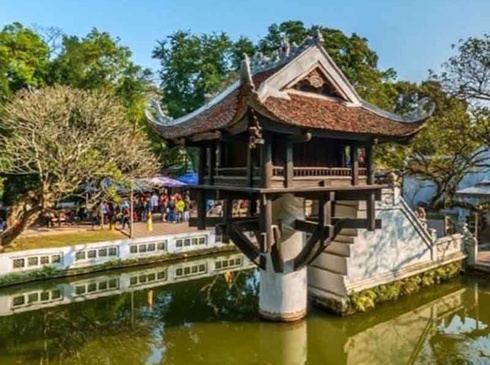Exploring the Proud Legacy of Vietnam’s Arts and Crafts
Vietnam is a country steeped in a rich and diverse cultural heritage, with a history of traditional craftsmanship dating back centuries. The country’s craftspeople are known for their exquisite attention to detail, intricate designs, and use of natural materials to create unique and distinctive artworks that are cherished around the world.
From basket weaving and embroidery to lacquerware and silk painting, Vietnam’s arts and crafts provide a window into the country’s fascinating history and cultural identity. In this article post, we will explore some of the most famous examples of Vietnam’s arts and crafts and examine the techniques and skills that have been passed down through generations.
.jpg)
Basket Weaving
Basket weaving is one of the oldest crafts in Vietnam, dating back over 4,000 years. The baskets are made from bamboo, grass, and rushes and come in various sizes and shapes. They are used for a variety of purposes such as storing rice, carrying vegetables, and as decorations.
Basket weaving is a time-consuming process that requires a keen eye for detail. The craft has been passed down through generations of Vietnamese women, who have honed their skills over time. Today, the baskets are not only practical items but also beautiful works of art that are sold in markets and shops across the country.
Embroidery
Vietnamese embroidery is known for its intricate designs, vibrant colors, and silk threads. The craft dates back to the 17th century and is traditionally practiced by women. The embroidery is used for clothing, tablecloths, and wall hangings, and each piece is unique and original.
The skill of embroidery is passed down through word of mouth, with grandmothers and mothers teaching their daughters and granddaughters. The craft requires patience, precision, and attention to detail, with some pieces taking weeks or even months to complete.
.jpg)
Lacquerware
One of the most distinctive and recognizable crafts in Vietnam is lacquerware. The technique involves several layers of lacquer applied to a wooden surface, with intricate designs added using eggshell, mother of pearl, and gold leaf.
Lacquerware has been produced in Vietnam for over 1,000 years and is used in religious ceremonies, as well as for decorative and functional purposes. The craft is taught in schools and workshops across the country, with many young people continuing the tradition and adapting it to modern tastes.
Silk Painting
Vietnamese silk painting is renowned for its delicate beauty and exquisite detail. It is a centuries-old tradition that involves hand painting designs onto silk using silk dyes. The paintings are used for clothing, wall hangings, and other decorative purposes.
Silk painting is a challenging and time-consuming process that requires skill, patience, and a steady hand. The craft has been passed down through generations of Vietnamese families, with each adding their own unique style and techniques.
.jpg)
Wood Carving
Vietnamese wood carving is a centuries-old tradition that involves carving intricate designs into wooden objects such as furniture, screens, and statues. The craft requires skill, precision, and patience, with many woodcarvers spending years perfecting their craft.
Wood carving is a highly respected art form in Vietnam, with many young people learning the skill in workshops and schools across the country. The craft is also an important part of the country’s cultural heritage, with many wood carvings displayed in museums and temples around the world.
Conclusion: Vietnam’s arts and crafts are a testament to the country’s cultural heritage and legacy. From the intricate designs of basket weaving and embroidery to the delicate beauty of silk painting and the exquisite detail of lacquerware, each craft tells a story of tradition, skill, and dedication.
Through generations of trial and error, Vietnamese artists and craftspeople have honed their skills to perfection, creating works of art that are admired and sought after around the world. As Vietnam continues to modernize and embrace new technologies, it is important to remember the role that these crafts have played in the country’s history and cultural identity.







